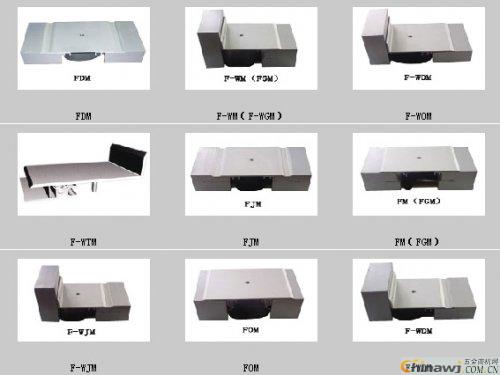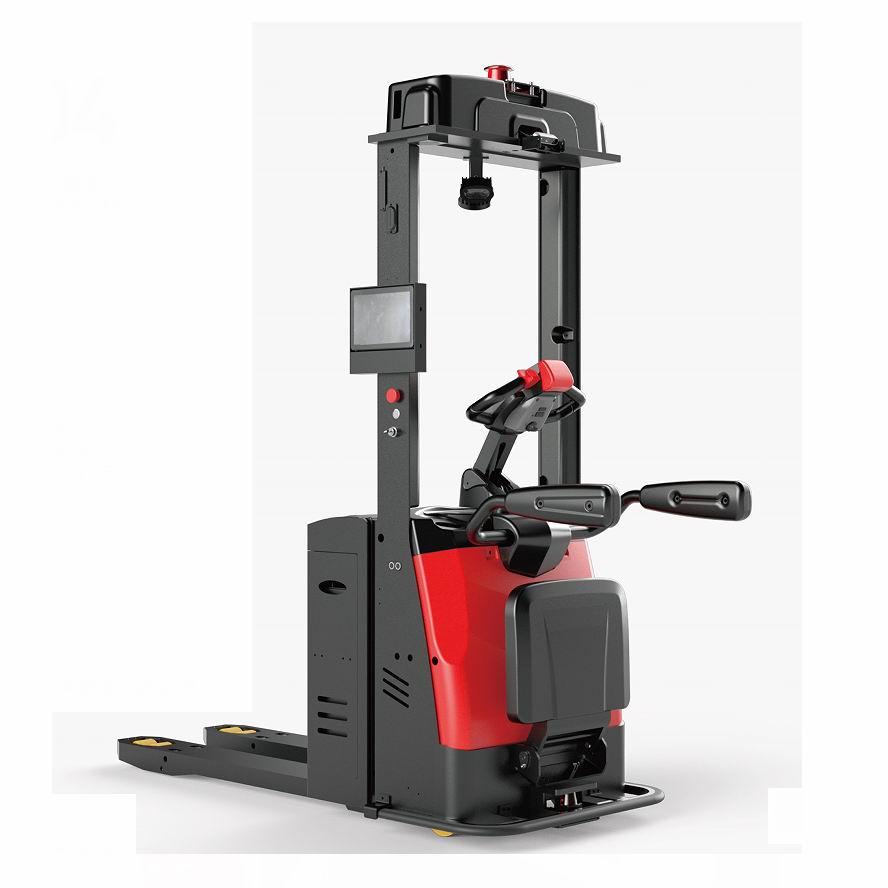What is the width of the external wall deformation joint brickwork?
Masonry requirements for external walls: avoid placing heavy loads on joints and ensure proper light transmission during construction. The mortar joints should be evenly filled, and any leftover debris at the interface between the wall and beam/column should be cleaned thoroughly. Bricks should be moist before masonry, and the wall should not be built all the way to the top in one go. It should be completed in two or three stages to prevent mortar shrinkage, ensuring the wall is fully solid. Pay attention to checking the flatness of the wall to avoid issues with mortar thickness in the next steps.
2. Wall hole inspection and treatment: Before applying plaster, inspect all wall holes and seal them properly. Uneven areas should be leveled using 1:3 cement mortar. If the area is too thick, apply it in layers. Alternatively, use steel mesh or bonding cloth to reinforce the surface. Ensure that holes left by scaffolding, tower cranes, and construction elevators are clean and moist. Apply a cement slurry coating thoroughly before filling the holes with dry hard concrete. Make sure to compact it fully from both inside and outside. The water pipe clamps should be inclined downward by 3°–5°, and the expansion sleeves should be embedded with epoxy resin. Do not use wooden wedges. For screw holes in concrete shear walls, chisel around the hole to form a bell mouth, fill it with expanded cement mortar, and then seal it with polymer waterproof slurry to ensure tightness.
3. A small amount of mold and honeycomb surface defects were found on the exterior wall. Based on the actual conditions, the following methods were used to repair the concrete surface: 1. Mold repair: First, remove any convex parts that do not meet design or specification requirements. Clean the area, then wash the base with a wire brush or pressure water. Level the area with 1:2 or 1:2.5 cement mortar, and keep it moist for 14 days. 2. Honeycomb repair (all honeycombed areas were small and without deep voids): First, remove loose stones and debris from the surface. Then, wet the area to be repaired before applying 1:2 or 1:2.5 cement mortar. Keep it moist for 14 days after the repair.

Masonry requirements for external walls: avoid placing heavy loads on joints and ensure proper light transmission during construction. The mortar joints should be evenly filled, and any leftover debris at the interface between the wall and beam/column should be cleaned thoroughly. Bricks should be moist before masonry, and the wall should not be built all the way to the top in one go. It should be completed in two or three stages to prevent mortar shrinkage, ensuring the wall is fully solid. Pay attention to checking the flatness of the wall to avoid issues with mortar thickness in the next steps.
2. Wall hole inspection and treatment: Before applying plaster, inspect all wall holes and seal them properly. Uneven areas should be leveled using 1:3 cement mortar. If the area is too thick, apply it in layers. Alternatively, use steel mesh or bonding cloth to reinforce the surface. Ensure that holes left by scaffolding, tower cranes, and construction elevators are clean and moist. Apply a cement slurry coating thoroughly before filling the holes with dry hard concrete. Make sure to compact it fully from both inside and outside. The water pipe clamps should be inclined downward by 3°–5°, and the expansion sleeves should be embedded with epoxy resin. Do not use wooden wedges. For screw holes in concrete shear walls, chisel around the hole to form a bell mouth, fill it with expanded cement mortar, and then seal it with polymer waterproof slurry to ensure tightness.
3. A small amount of mold and honeycomb surface defects were found on the exterior wall. Based on the actual conditions, the following methods were used to repair the concrete surface: 1. Mold repair: First, remove any convex parts that do not meet design or specification requirements. Clean the area, then wash the base with a wire brush or pressure water. Level the area with 1:2 or 1:2.5 cement mortar, and keep it moist for 14 days. 2. Honeycomb repair (all honeycombed areas were small and without deep voids): First, remove loose stones and debris from the surface. Then, wet the area to be repaired before applying 1:2 or 1:2.5 cement mortar. Keep it moist for 14 days after the repair.

Jiangsu XC Intelligent Technology Co., Ltd. is a pioneer in the field of industrial segmentation, a comprehensive solution provider that integrates software and hardware development, industrial digital intelligence, and industrial cost reduction and efficiency improvement.Our company's main business includes intelligent tool cabinets, intelligent tool handle management cabinets, intelligent protective equipment management cabinets, intelligent tool management cabinets, intelligent standard parts and consumables management cabinets, intelligent power public goods management cabinets, and so on; Integrators and manufacturers of solutions for the MRO category.
XC Pioneer AGV Intelligent Forklift

Specification information:
Weighing limit: 1.5 tons
Charging method:
Manual charging: When the AGV reaches the charging position, the warning light flashes and warning music sounds.
Automatic charging: When the AGV reaches the charging position, it starts charging after confirming the information when starting the charging station. It is suitable for 24-hour long-term work projects.
Function introduction: LiDAR positioning, active cruise control, and active obstacle avoidance.

Intelligent Transfer Forklift,High Speed Heavy-Duty Pallet Handling Forklift,Thin Backed Stacking Forklift
Jiangsu Xicang Intelligent Technology Co., Ltd. , https://www.xciwarehousing.com